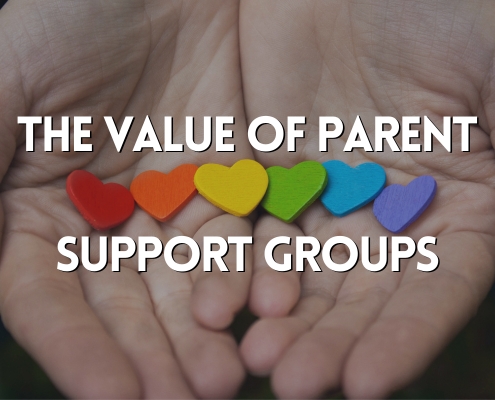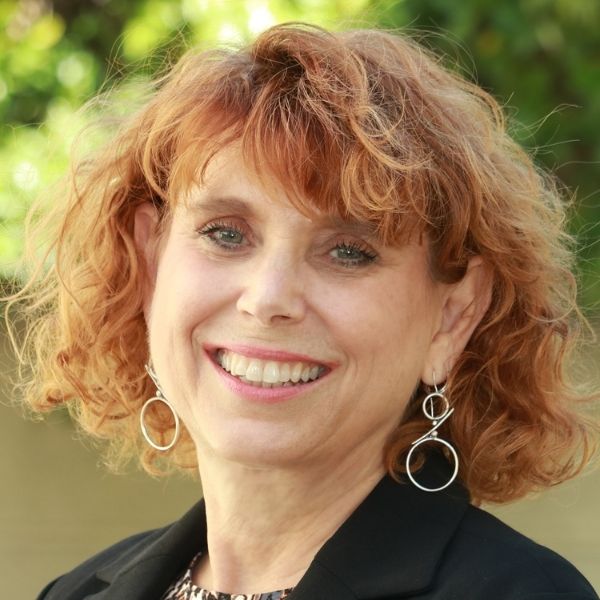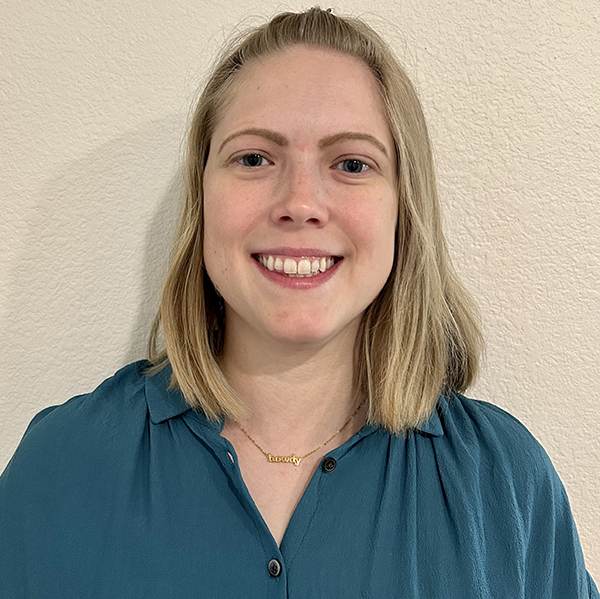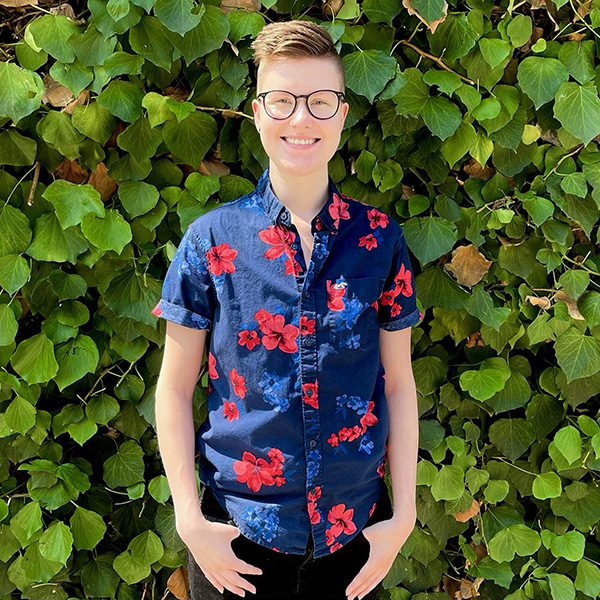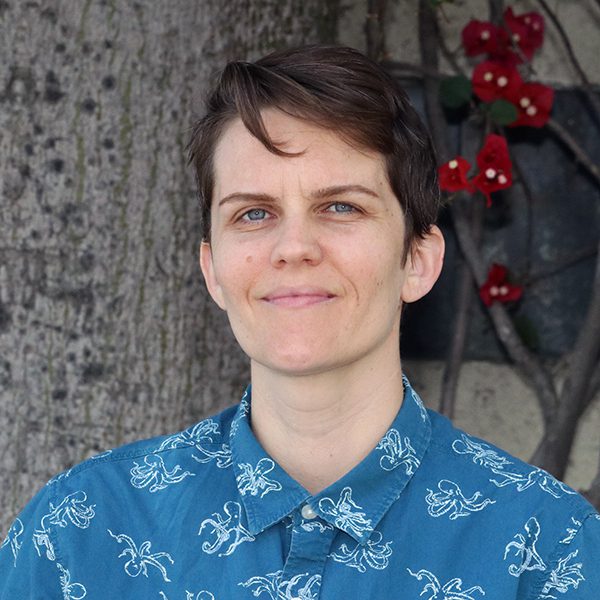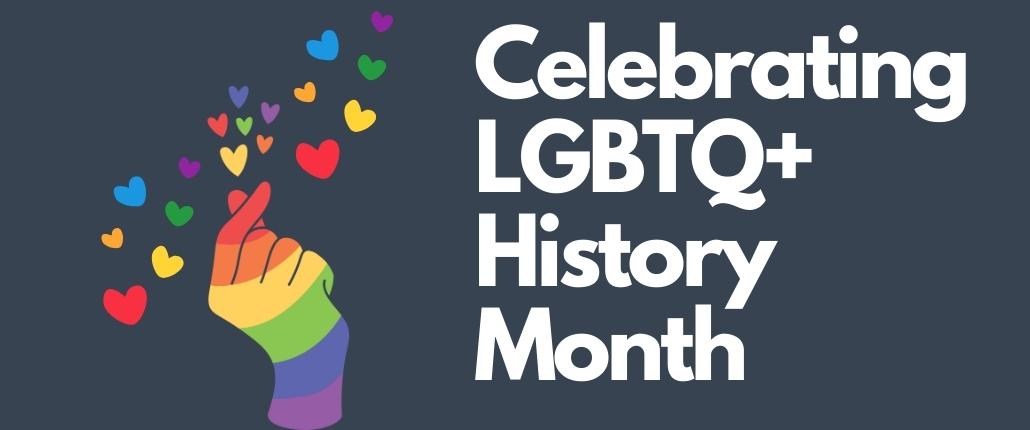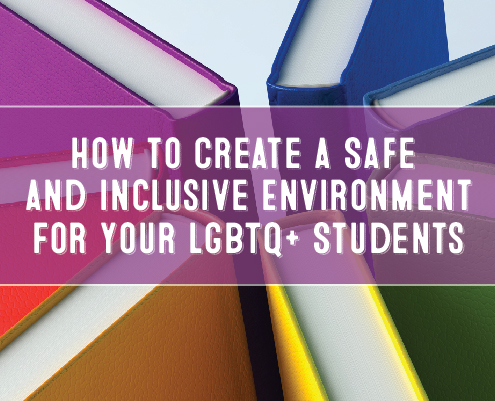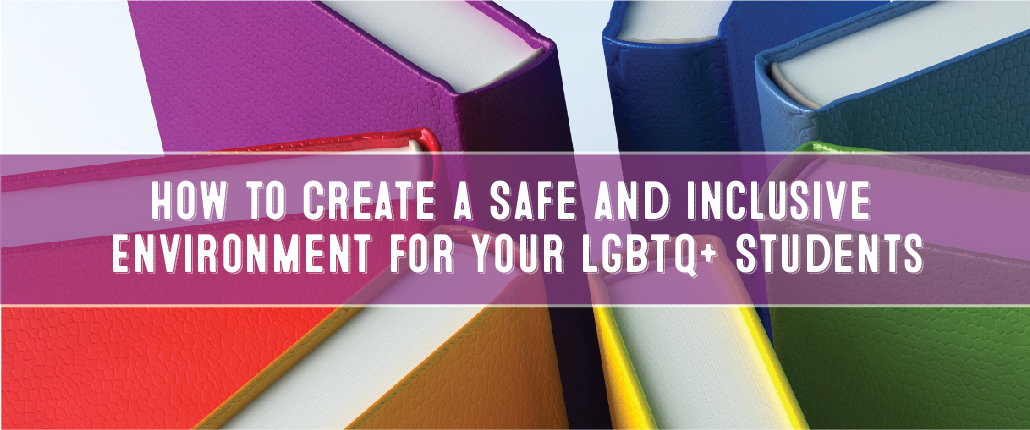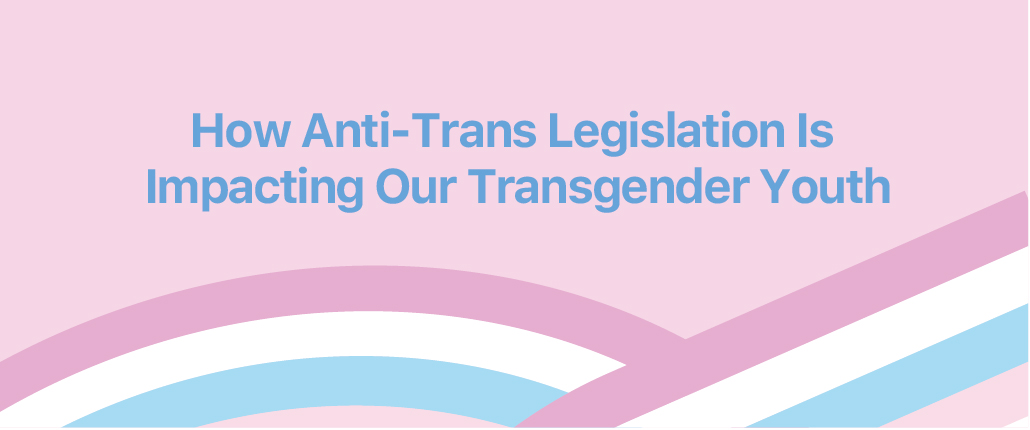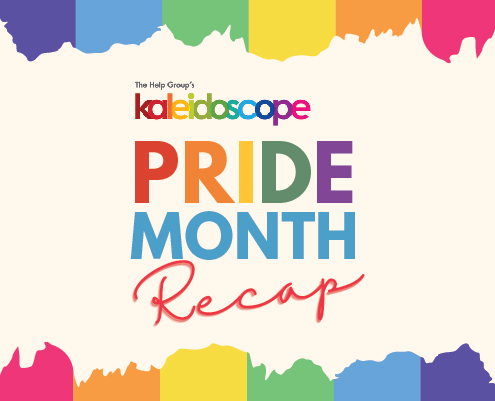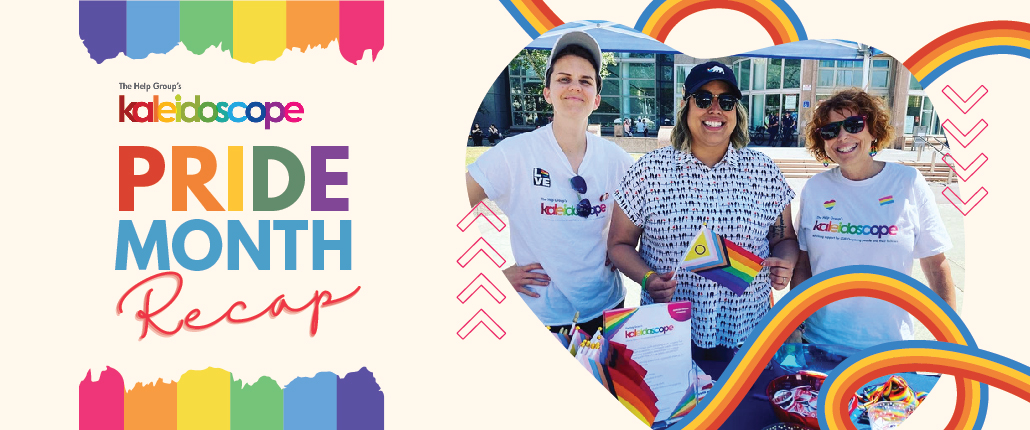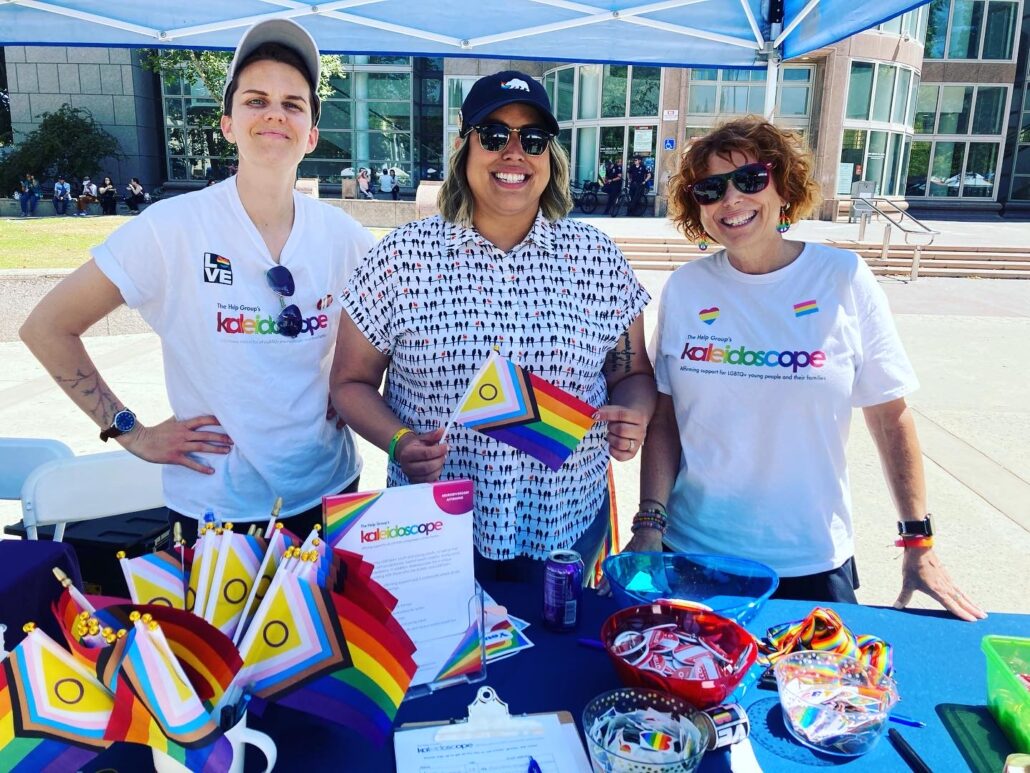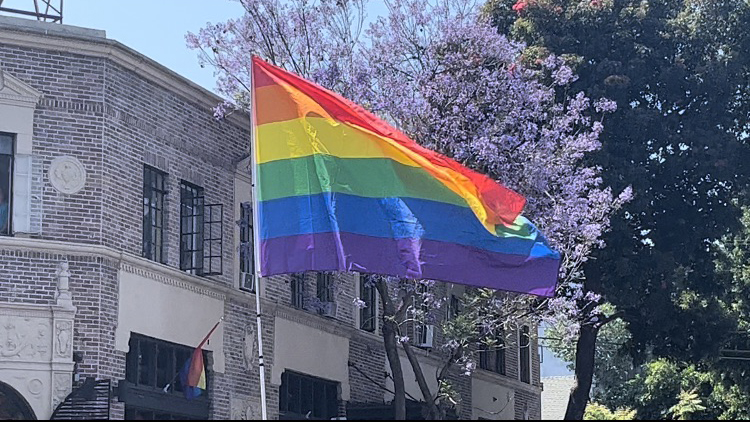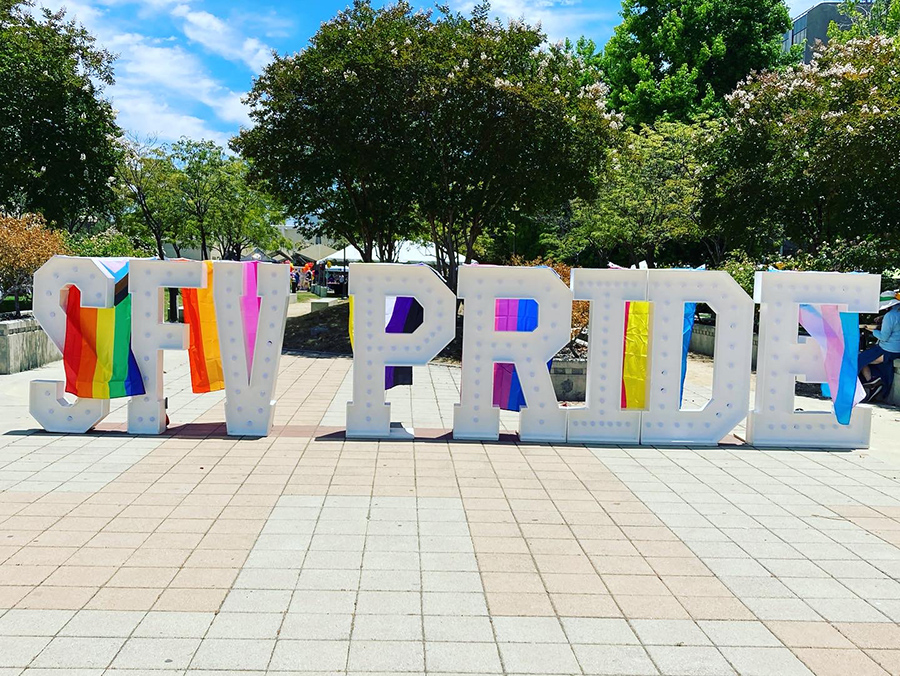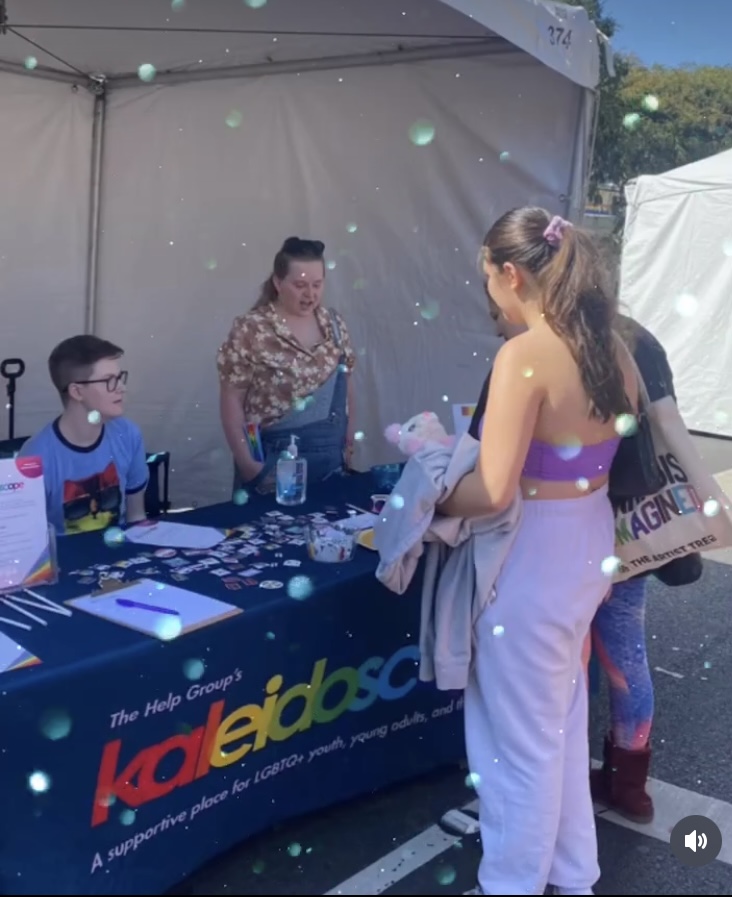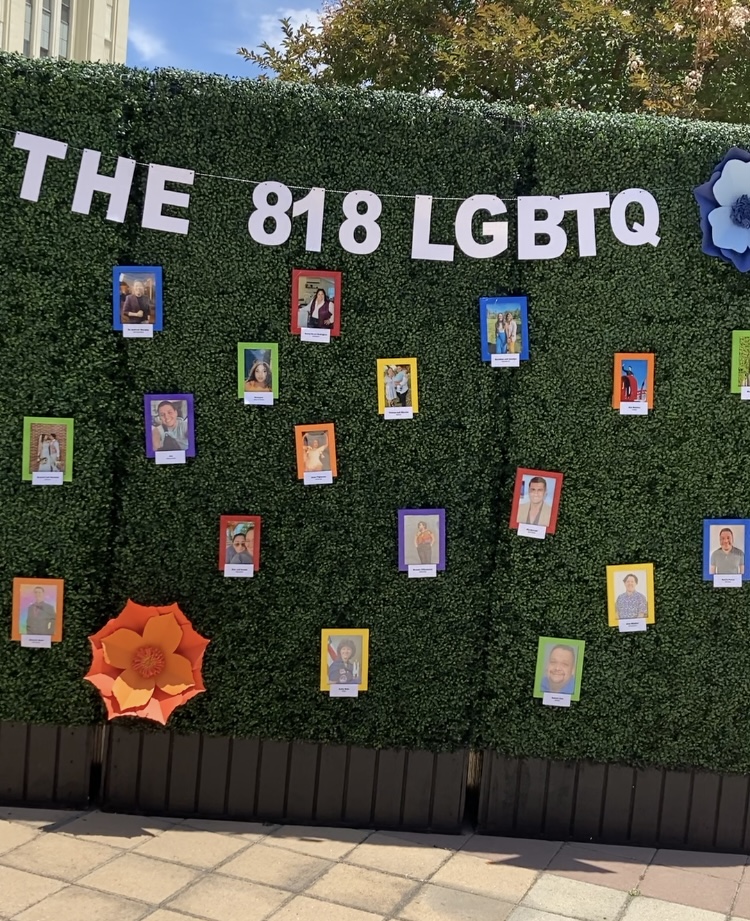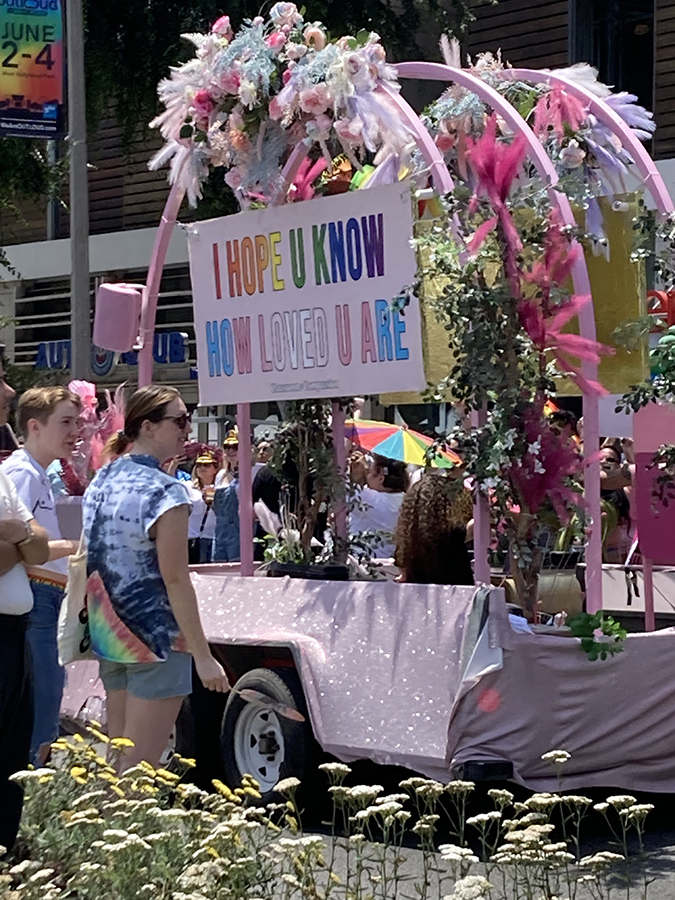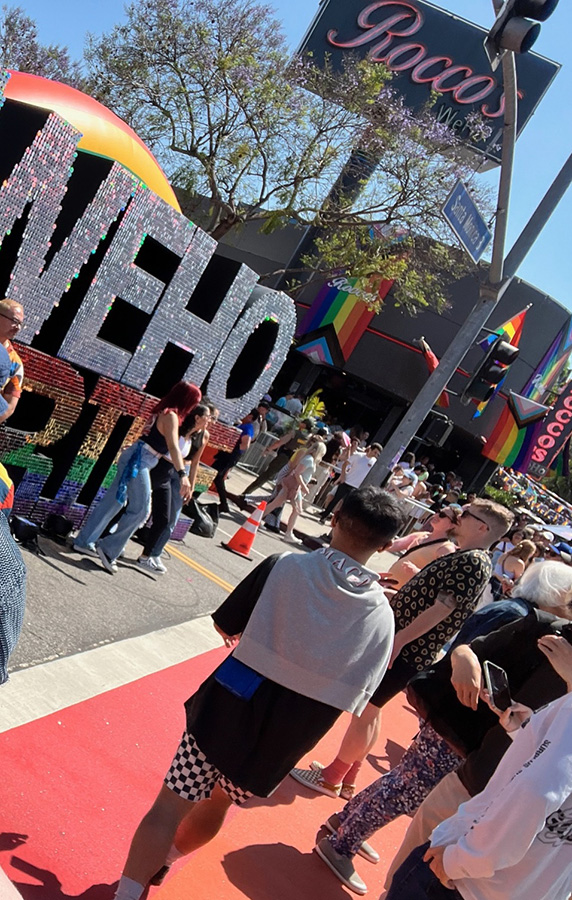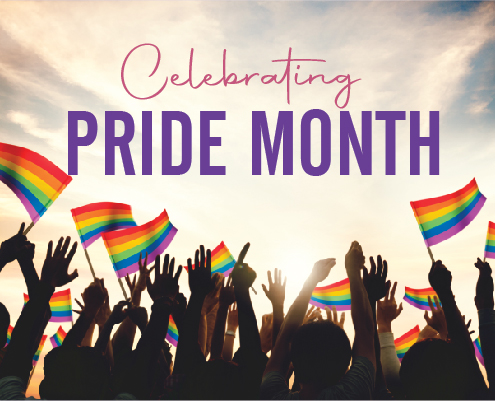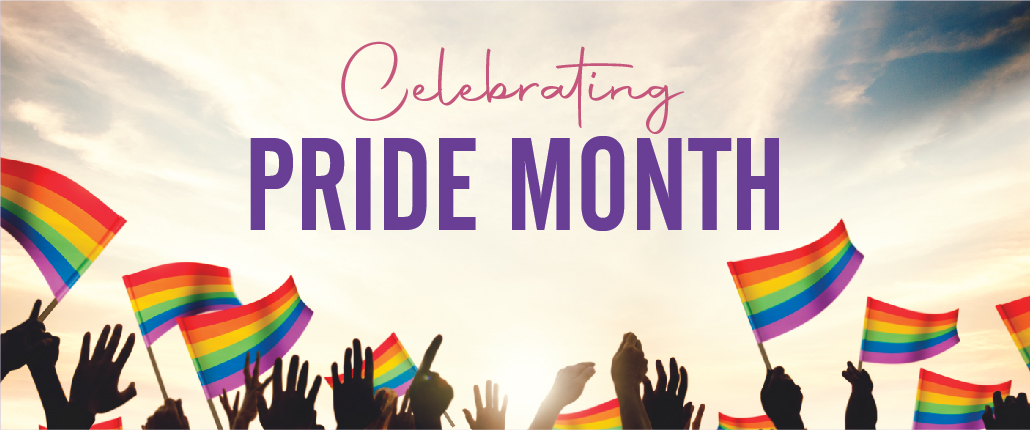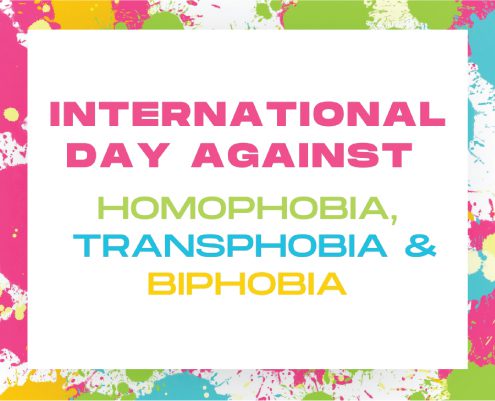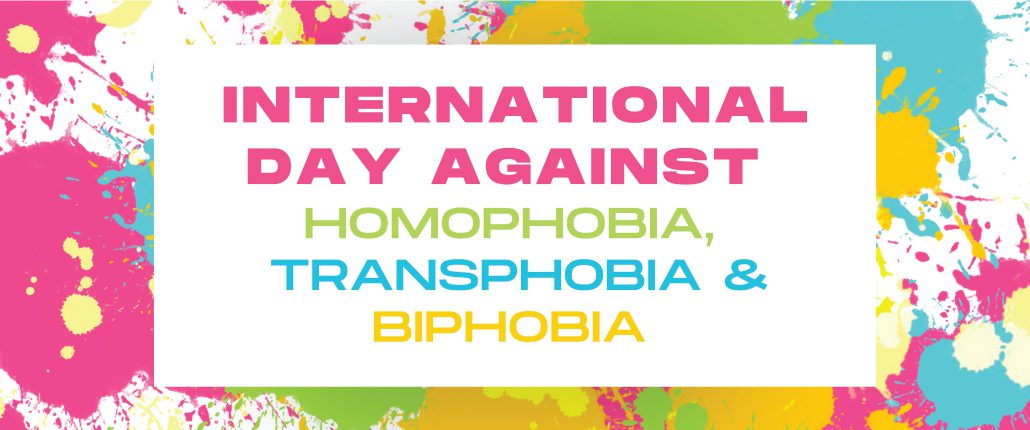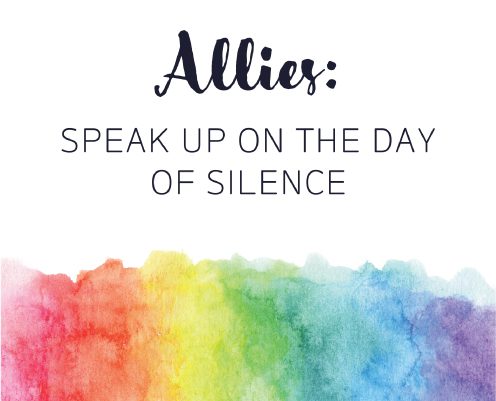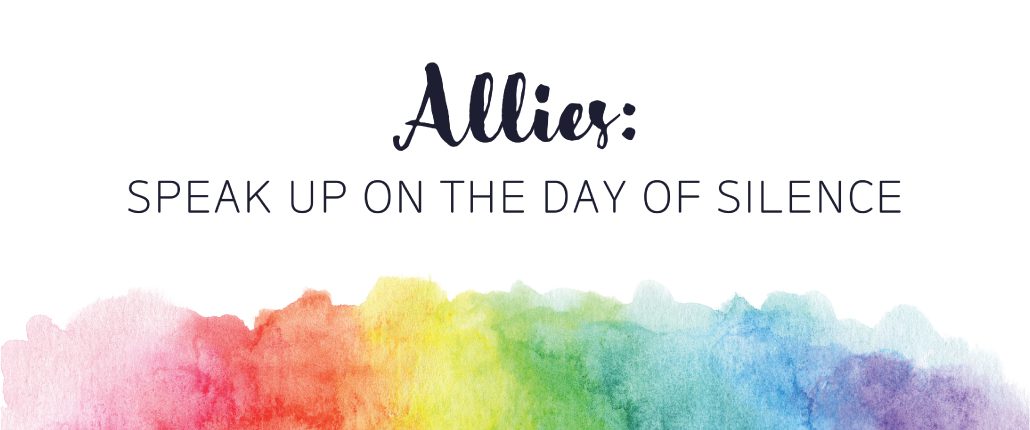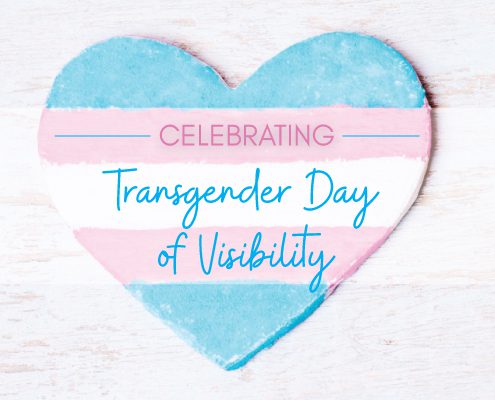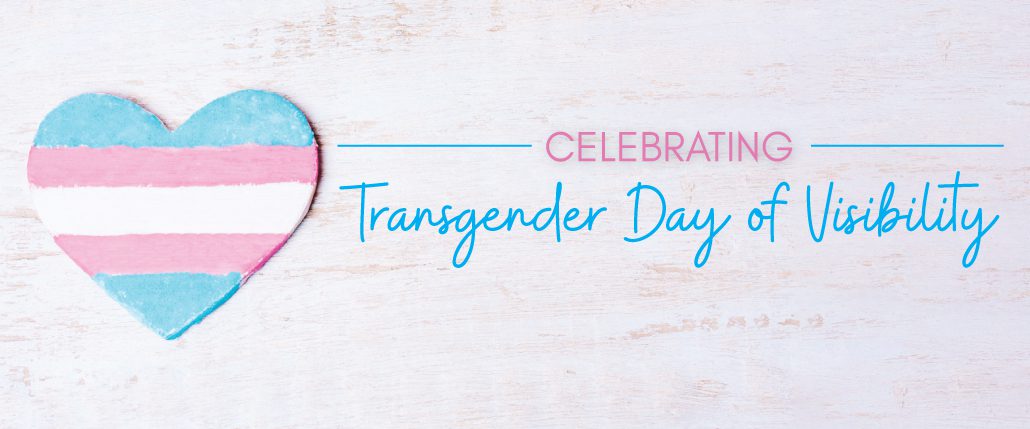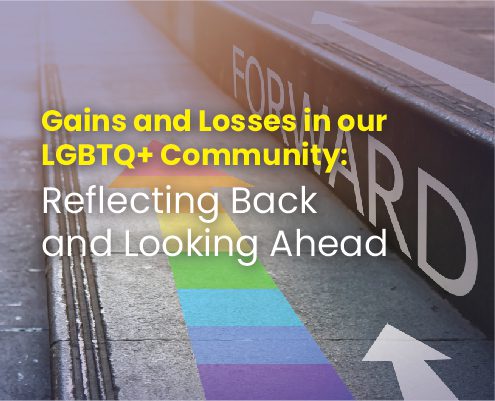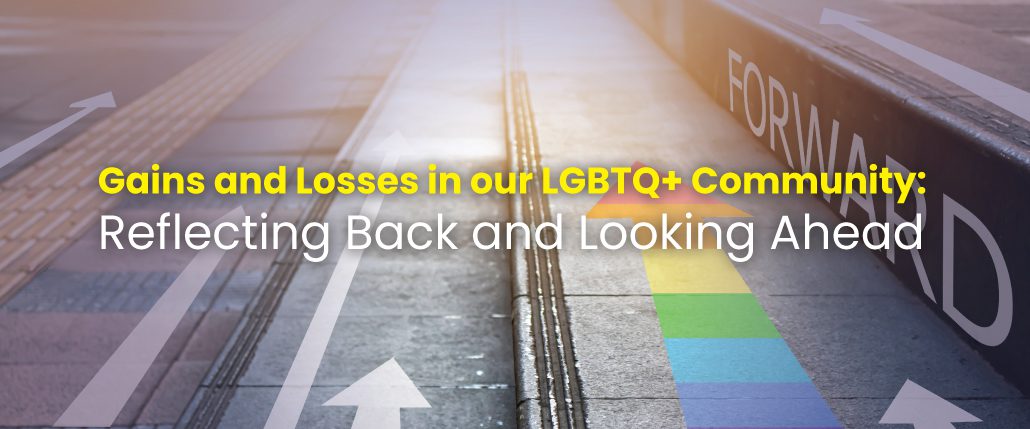The Value of Parent Support Groups
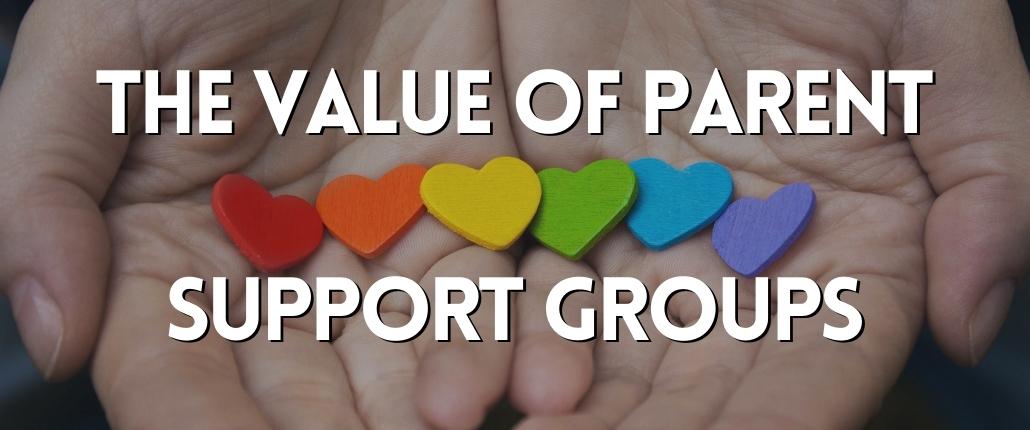
The Value of Parent Support Groups
By Jess Furrer
If you had access to a time-machine, what period of your life would you revisit? For some adults, maybe revisiting a favorite family memory, when your child was a certain age, or your own childhood. How many adults would like to revisit or re-live your teenage years? For me, the idea of reliving my teenage years is a resounding NO.
Adolescence can be difficult to navigate for a myriad of reasons. Teenagers are often trying to figure out who they are and what they feel, while also wanting to create and keep friendships or relationships. It is a lot to navigate for a teenager on top of going to school, being active on social media, and being encouraged to plan for the future. LGBTQIA+ and autistic teenagers often must navigate more complex situations like coming out, discrimination, being misgendered, managing sensory needs, communication differences, and the list goes on. Parenting a teenager who is going through any or all of these experiences can also be challenging, confusing, or nerve-wracking. But family acceptance and support can make a huge difference in the overall wellbeing of LGBTQ+ and neurodivergent youth.
Joining a parent support group is a wonderful resource for parents of LGBTQIA+ Autistic teens as it can be comforting and empowering to talk with fellow parents who are on the same journey.
Can you explain what a parent education and support group is all about?
A parent education and support group is a safe space where parents and caregivers alike come together to learn about specific topics, and connect, relate, and support one another. Participants are often able to share their stories of parenthood, exchange resources, and build relationships with others who hold similar experiences.
Current Groups:
Due to positive feedback from previous participants, Kaleidoscope is re-offering a six-week, parent education and support group that focuses on the intersection between Autism and LGBTQIA+ identities. The group is designed to provide psychoeducation and support to parents and close family members of LGBTQIA+ Autistic teens aged 12-17. The group is 1.5 hours in length for six weeks. It is guided by a Kaleidoscope psychology doctoral intern who provides psychoeducation and facilitates group conversations. Each week there is a specialized topic including: mental health, friendships and online relationships, dating and sex, and managing difficult moments (meltdowns and pathological (persistent) demand avoidance). If various parents want support on another related topic, we aim to make space to address it.
What would you say to a parent that would like to attend our parent support group but feels a bit nervous about it? What can they expect?
It’s natural and normal to feel nervous about trying something new. Participants can expect to enter a judgment-free zone where they can truly explore their journey in parenthood. Whether it’s by sharing their own story or listening to others, participants often report feeling less alone and/or feeling more empowered after engaging in our parent education and support group. There is no expectation to “have it all figured out.” We just ask that interested participants have the intention of affirming their teen, are open to discussing complex topics, and interact from a place of curiosity and respect.
Sometimes parents are worried about using the correct terminology when speaking about their LGBTQIA+ kids or about LGBTQIA+ issues in general. Do you think a parent support group can help address these concerns?
We are all human, and mistakes (aka opportunities for growth) will happen. Kaleidoscope provides a safe environment with unconditional positive regard to encourage group participants in their understanding of LGBTQIA+ and autistic topics and their ability to engage more inclusively with the community. Remember, we’re in this together!
To join this support group for parents and close family members of LGBTQIA+ Autistic teens aged 12-17, please reach out to Jess Furrer to set up an intake session at [email protected].
